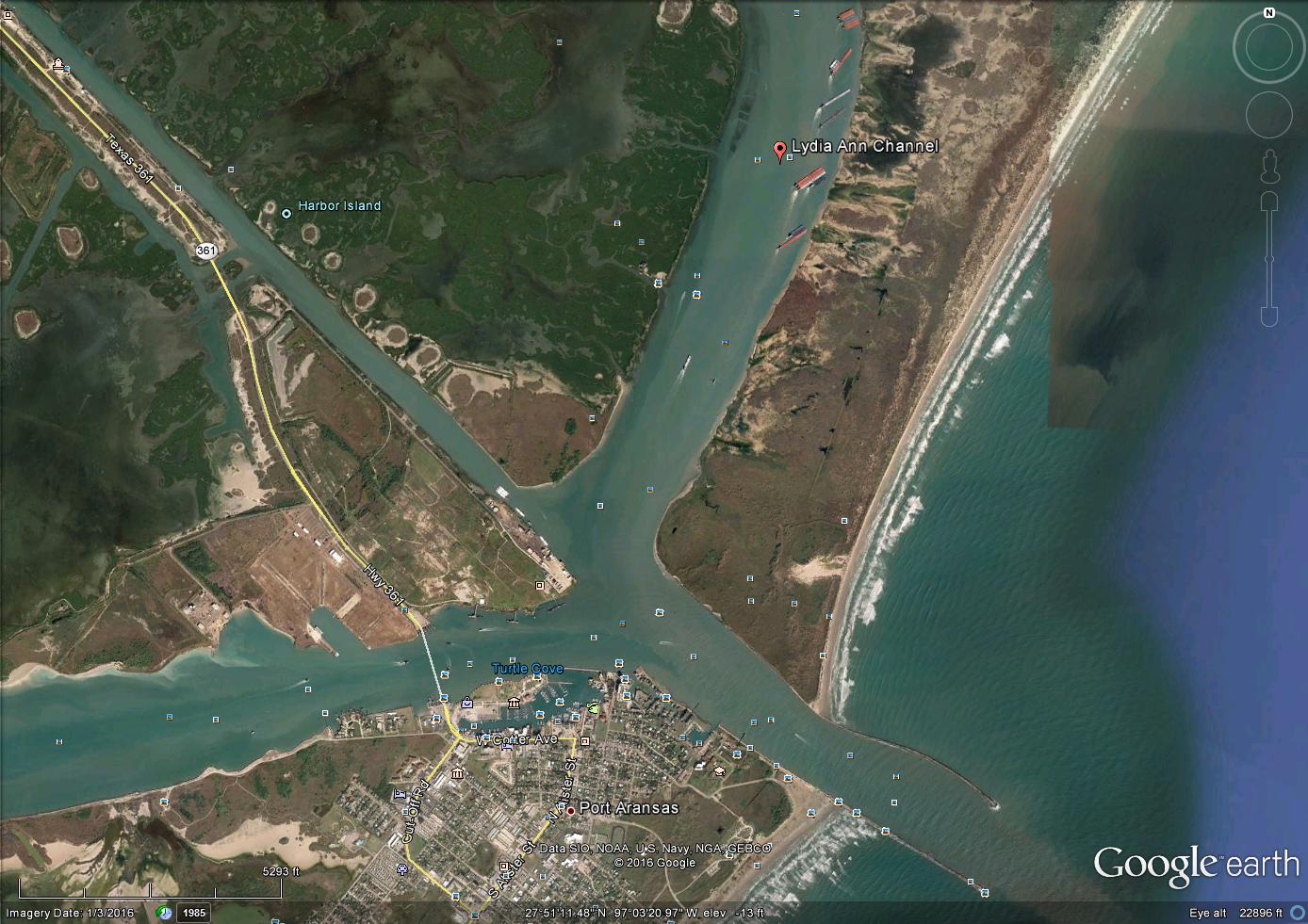 The Texas Supreme Court has refused to allow DISH, a small town in Denton County north of Fort Worth, and several of its residents, to proceed with its suit against four companies who operate gas compressor stations near the town. The plaintiffs alleged that they were harmed by the noise, odors, light and chemicals from the compressors. The Court held that their claims were barred by limitations, reversing an opinion by the Amarillo Court of Appeals that would have allowed the case to proceed.
The Texas Supreme Court has refused to allow DISH, a small town in Denton County north of Fort Worth, and several of its residents, to proceed with its suit against four companies who operate gas compressor stations near the town. The plaintiffs alleged that they were harmed by the noise, odors, light and chemicals from the compressors. The Court held that their claims were barred by limitations, reversing an opinion by the Amarillo Court of Appeals that would have allowed the case to proceed.
DISH caused quite a stir beginning in 2010, out of proportion to its size (it had a population of 201 in the 2010 census). Originally named Clark, the town changed its name to DISH as part of a deal with Dish Network in which all residents received free basic television service for ten years. Continue reading →
 Oil and Gas Lawyer Blog
Oil and Gas Lawyer Blog



